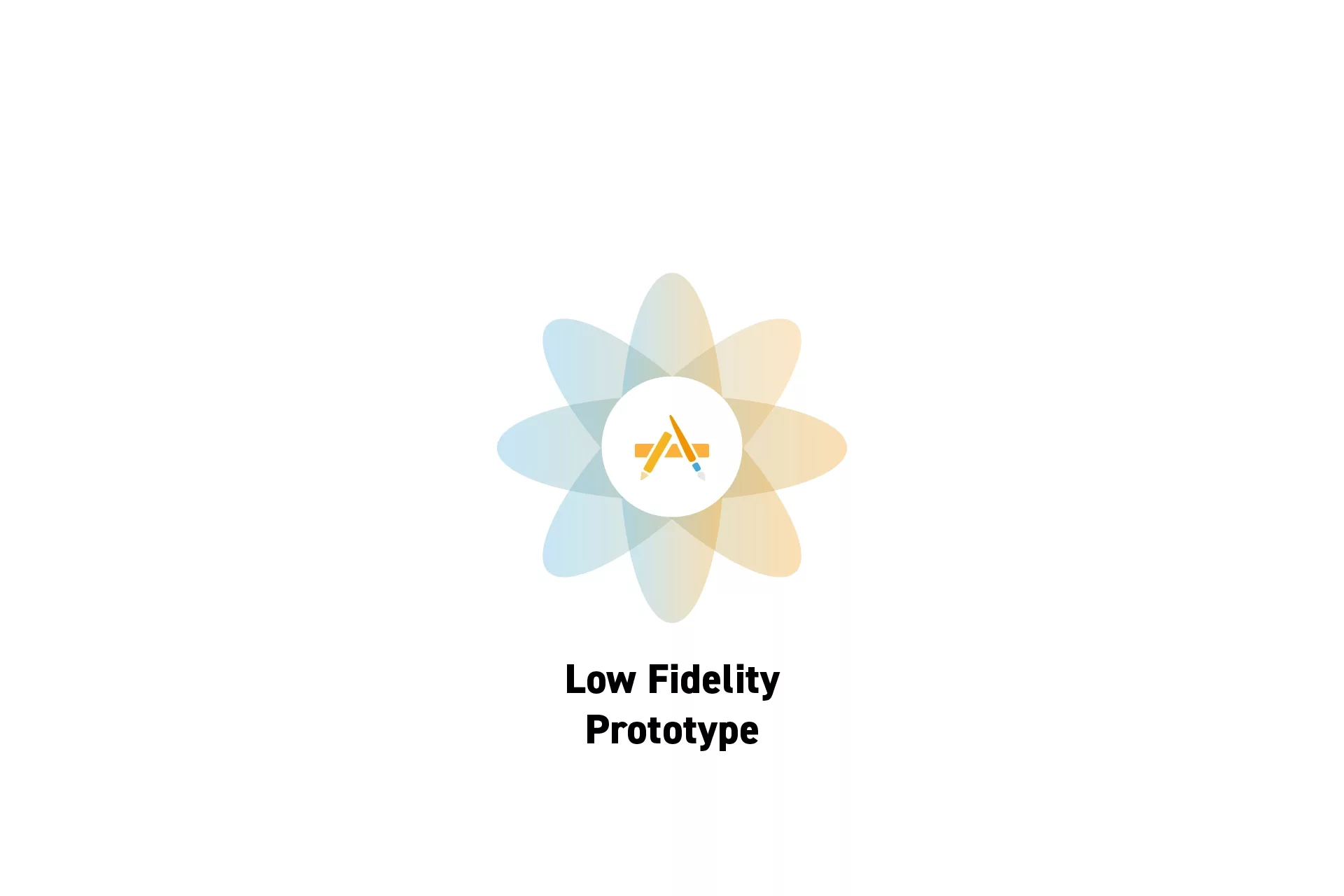What is a Low Fidelity Prototype?
A representation of a product, service or experience that has minimal functionality, a rough design and is low-cost to build.

A representation of a product, service or experience that has minimal functionality, a rough design and is low-cost to build.
SubscribeAs part of any design thinking innovative process or model it is recommended that you prototype and test ideas with members of the target audience with the purpose of evaluating a hypothesis and finding a product-market fit (PMF).
A low fidelity prototype is a low-cost means to create something that can be tested with the target audience through an in-depth interview or focus group and can be created through sketches or using Figma enabling companies and individuals to gather feedback and make decisions efficiently.
What makes a good low fidelity prototype?
A good low fidelity prototype does the following:
- Can be tested by the user with minimal explanation.
- Enables users to discuss key parts of the user experience map.
- Includes content (i.e. text, images and videos) that is representative of the final product.